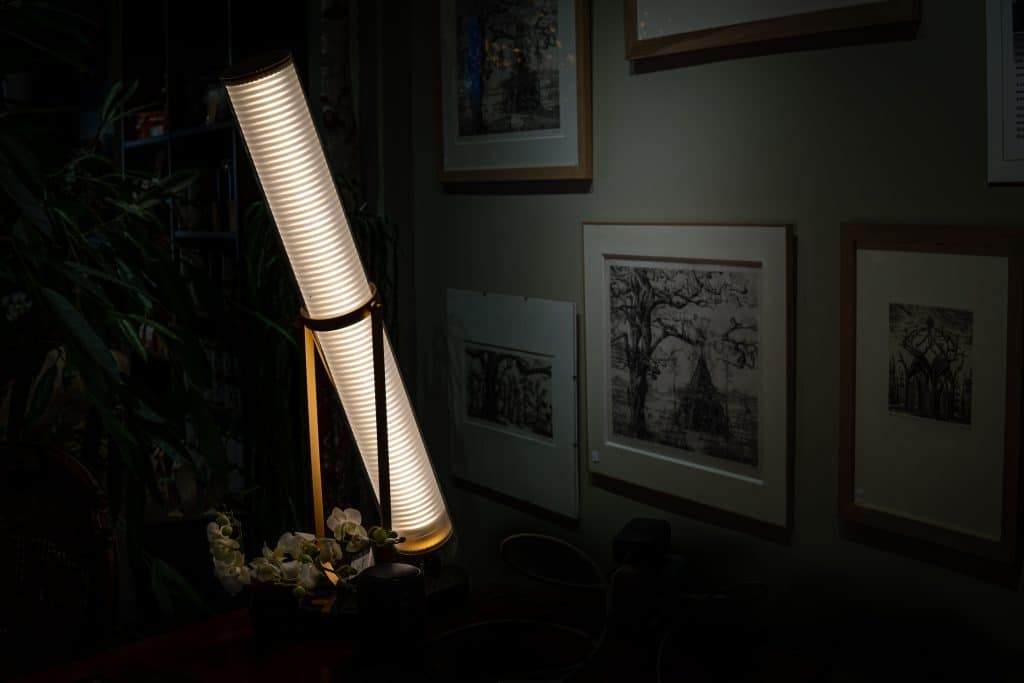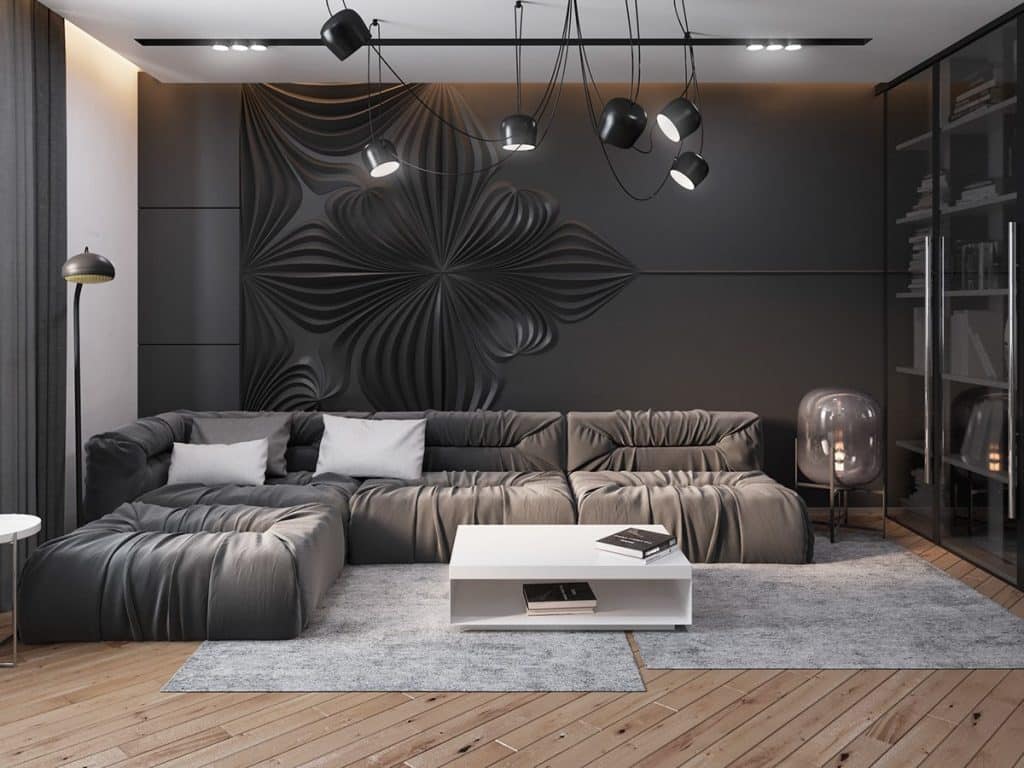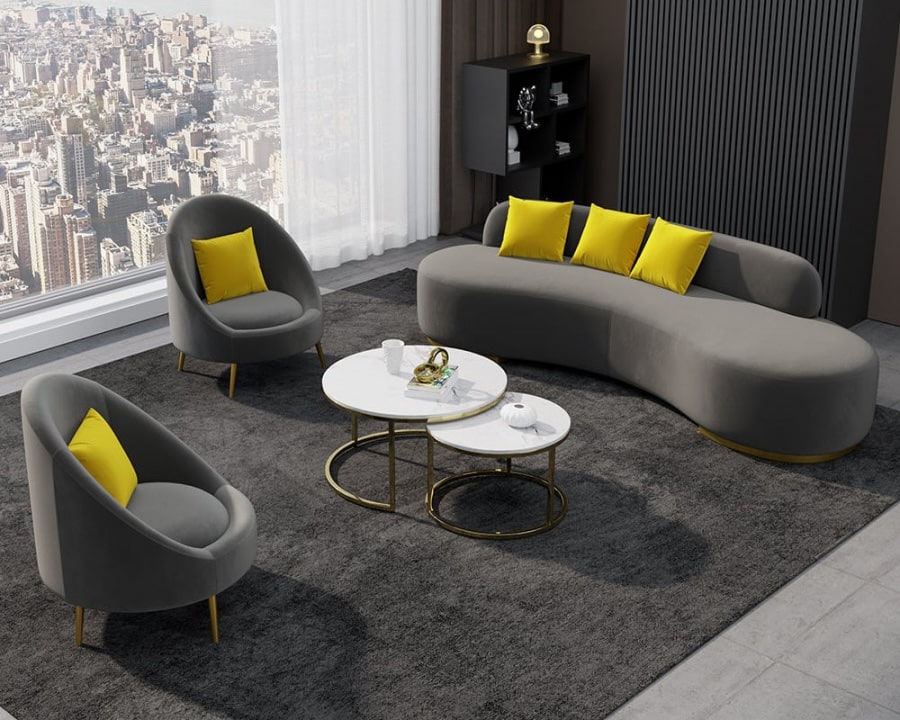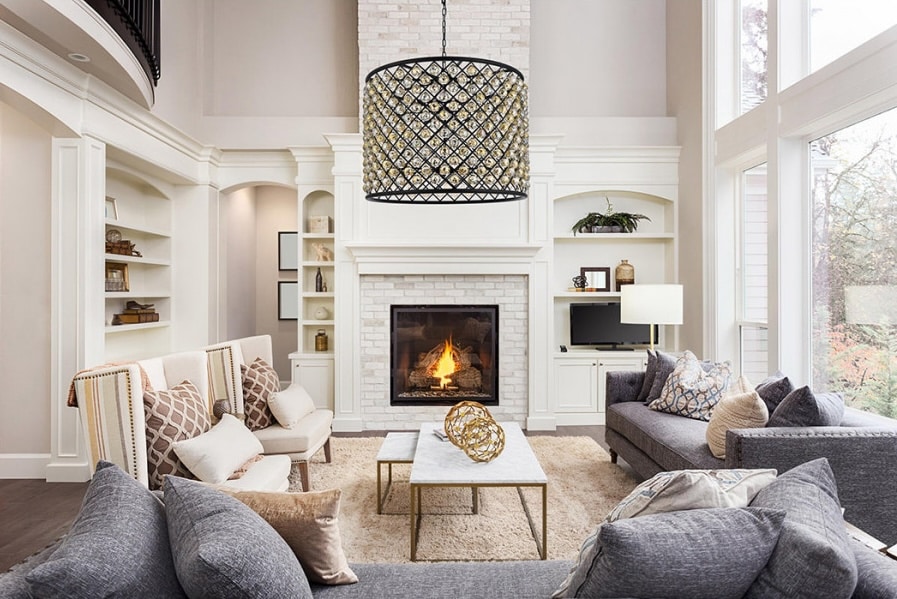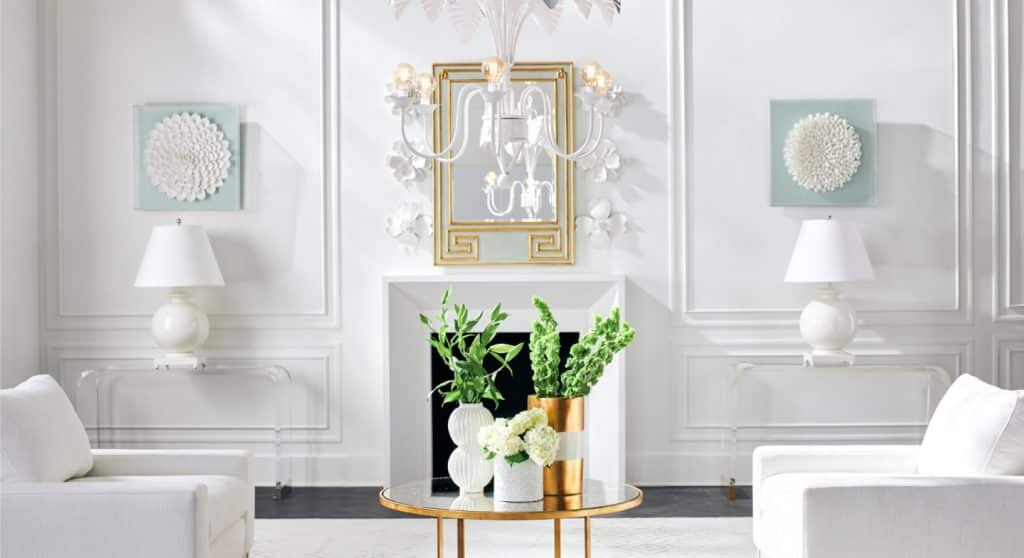The more time a person spends indoors, the more important the interior features become for him/her. The modern market offers a variety of lighting technologies for different types of premises and moods, but even experts in this matter are sometimes at a loss. The point is not only a huge choice but also the level of requirements for proper lighting. Today it is higher than ten or twenty years ago.
How To Choose Lamps?
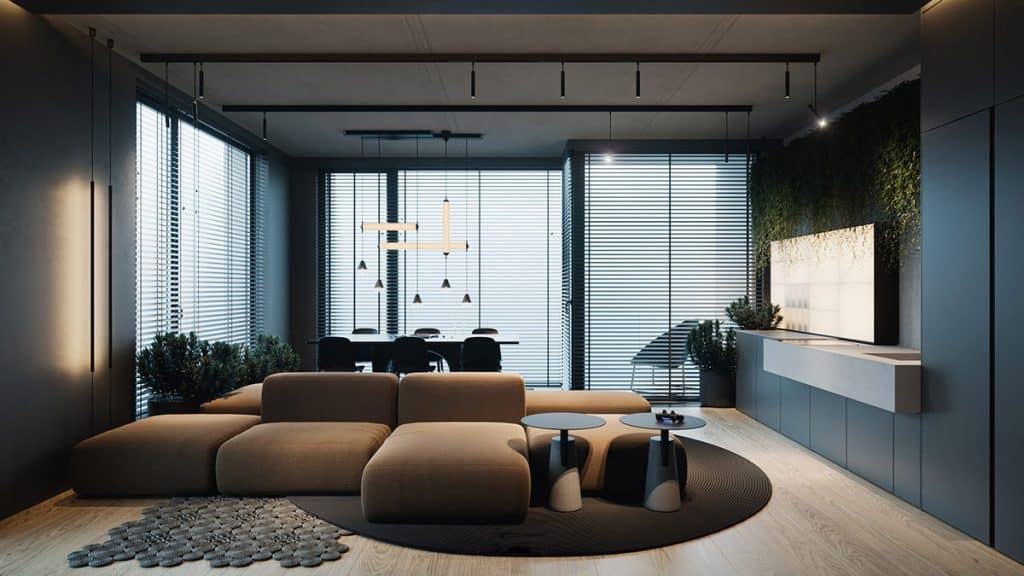
All modern lighting devices greatly simplify the calculation of illumination and installation. If you use different types of lamps, this ensures the most correct coverage of the rays and at the same time comfort. It goes without saying that lighting fixtures for residential and non-residential premises for various purposes have to be chosen individually. The rules of visual hygiene impose their own requirements. Lighting in different rooms should correspond to the main activity. For the bedroom, bathroom, toilet, and corridor, economical LED lamps with warm radiation are suitable. But in the kitchen, living room, and children’s room, you cannot do without light sources with high brightness and a more saturated spectrum. This backlight allows you to read, write and do delicate handwork, such as knitting, without any problems. For the performance of the eyes with proper visual acuity for a long time, you should choose white (neutral) or bluish lighting devices with a temperature of at least 5000K (Kelvin). That’s how much the sun gives at noon. All important parameters are present in the model description. Please don’t ignore them. Warm shades up to 4000K will allow you to relax and calm down. By the way, the color temperature of the sun at the horizon is 3400K. Lighting devices with remotely adjustable parameters are available. This is very convenient, since light fluxes of different intensities provide the necessary tone to the vision, without fatigue and color blindness. Use this opportunity if cutting down on lighting costs is appropriate.
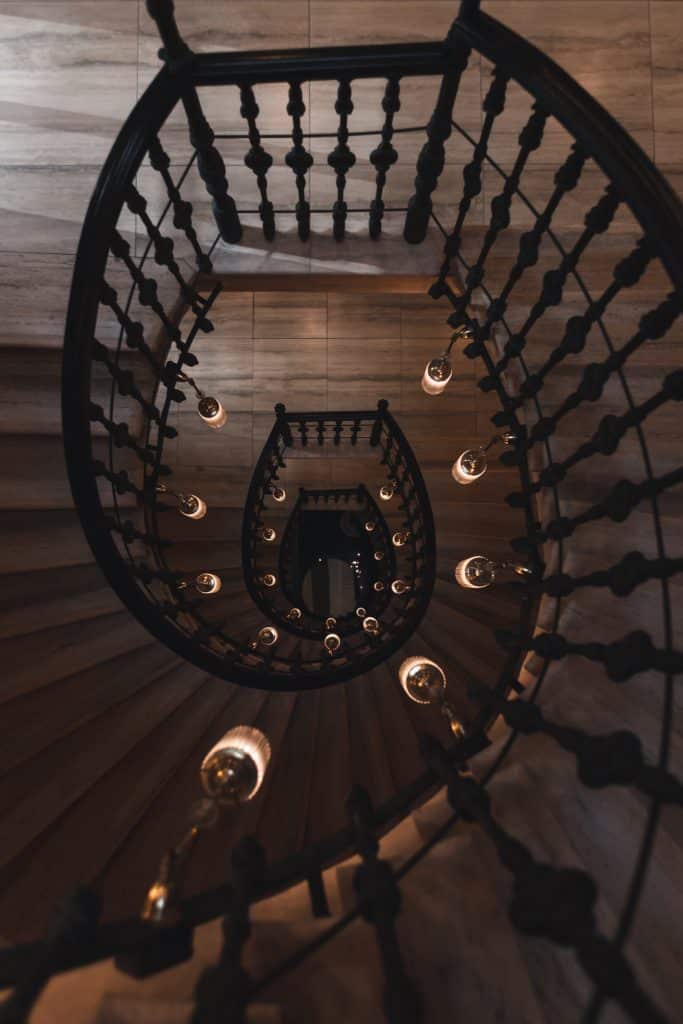
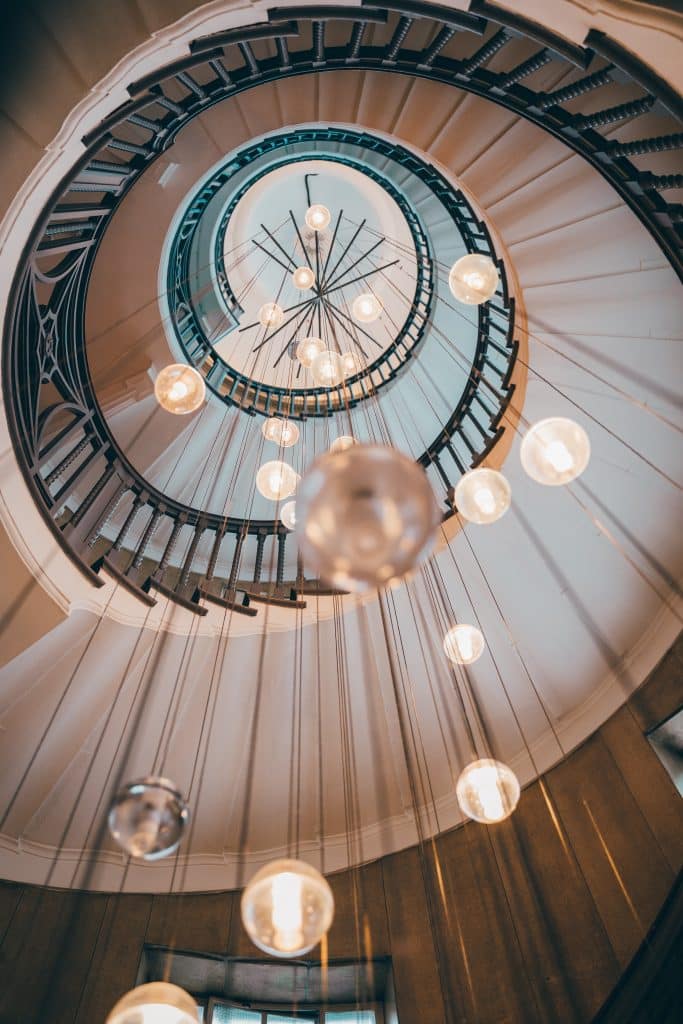
The Advantages And Disadvantages Of LED Lamps
Recently, this technology has been touted as a universal replacement for the sun, since the cost of electricity is negligible here, and maintenance is minimal. However, every solution has pros and cons. Even if there are not so many cons, you should be aware of them. But let’s start with the positives. LEDs are lightweight and have an extremely long life cycle. This is especially useful for ceiling lighting installations. You do not have to calculate the strength of the reinforcement and often climb under the ceiling, risking breaking your neck. The danger of electric shock is also minimized because the current consumption is small. Forget about the threat of fire – the heat generation here is extremely low. Modern LEDs are equally good for suspended and stretch ceilings. They give a plain, monotonous light flux of different intensity and warmth. If you care about the stylistic unity and harmony of the interior, coordinate the color of the wallpaper and ceiling with the temperature of the lighting fixture. The scope of LEDs is huge and continues to expand. However, the disadvantages should not be forgotten. Contrary to the advertising hype, the emission spectrum of even modern LED lamps is quite narrow. The human eye can easily see the difference between artificial and natural light. That is why LEDs are ideal only for ceiling lighting.
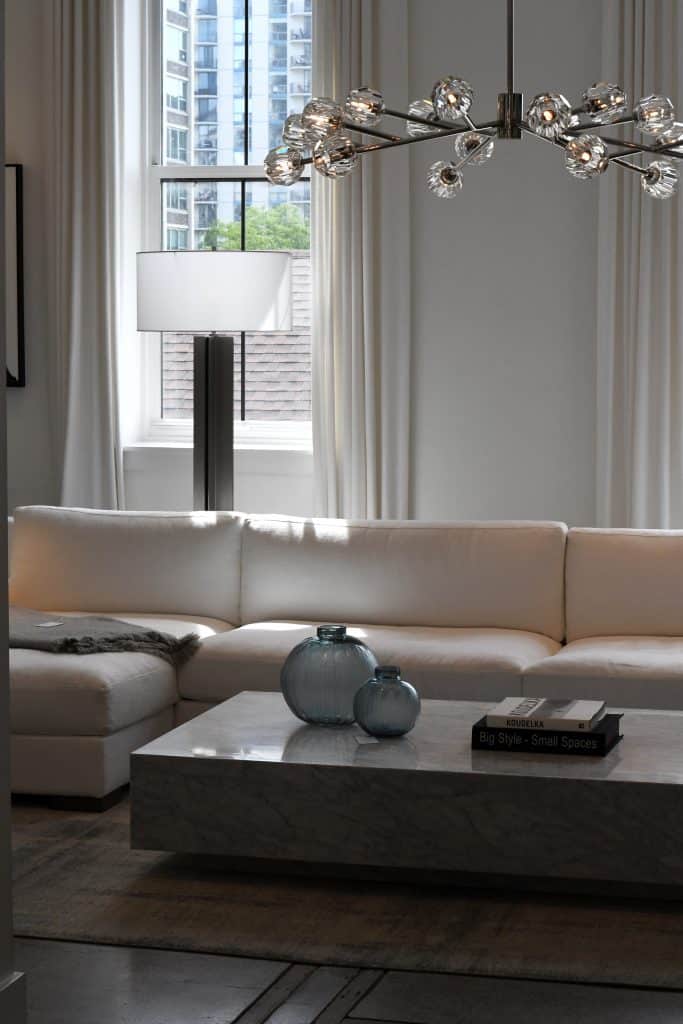
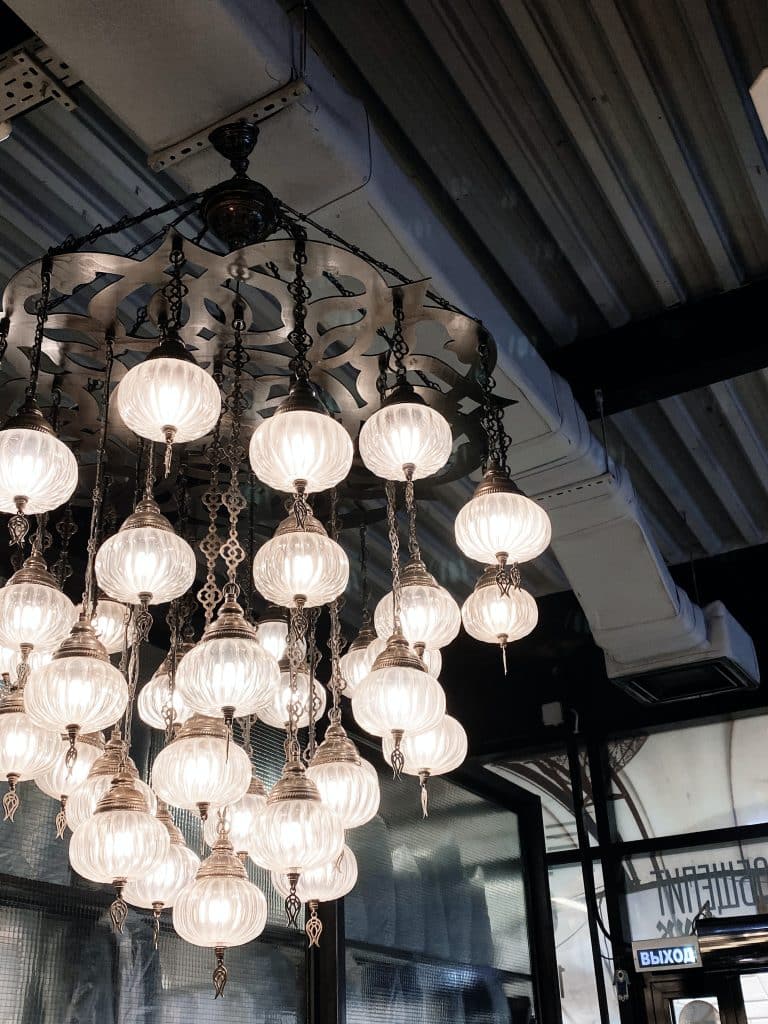
Halogen And Fluorescent Lamps Vs LEDs
Since LEDs are no panacea, let’s look at competing technologies. Halogen and fluorescent lamps are used for the point or linear illumination of the most essential elements of the interior. Expensive vases and paintings of brilliant and not so brilliant artists will look more voluminous and saturated with this type of lighting. Unlike LEDs, halogen and fluorescent devices give a wider spectrum, close to daylight. They are best suited for table lamps, without tiring the eyes or causing drowsiness. Even if you have impeccable eyesight, do not expose your health to unnecessary tests, since it is more critical than any energy costs. Halogen and fluorescent fixtures have obvious disadvantages that prevent them from replacing LEDs. Foremost, these lamps are less durable and more capricious in operation. Irritable people will not like the low-frequency noise emitted by the power supply. In the next five years, either this problem will be eliminated, or LEDs with a wider spectrum of luminescence will appear. In the fight for the interior, LEDs win when it comes to general lighting, ensuring life safety and compliance with sanitary standards adopted for residential premises. The competitors still lead the way in accent and spotlighting, such as coffee table lighting.
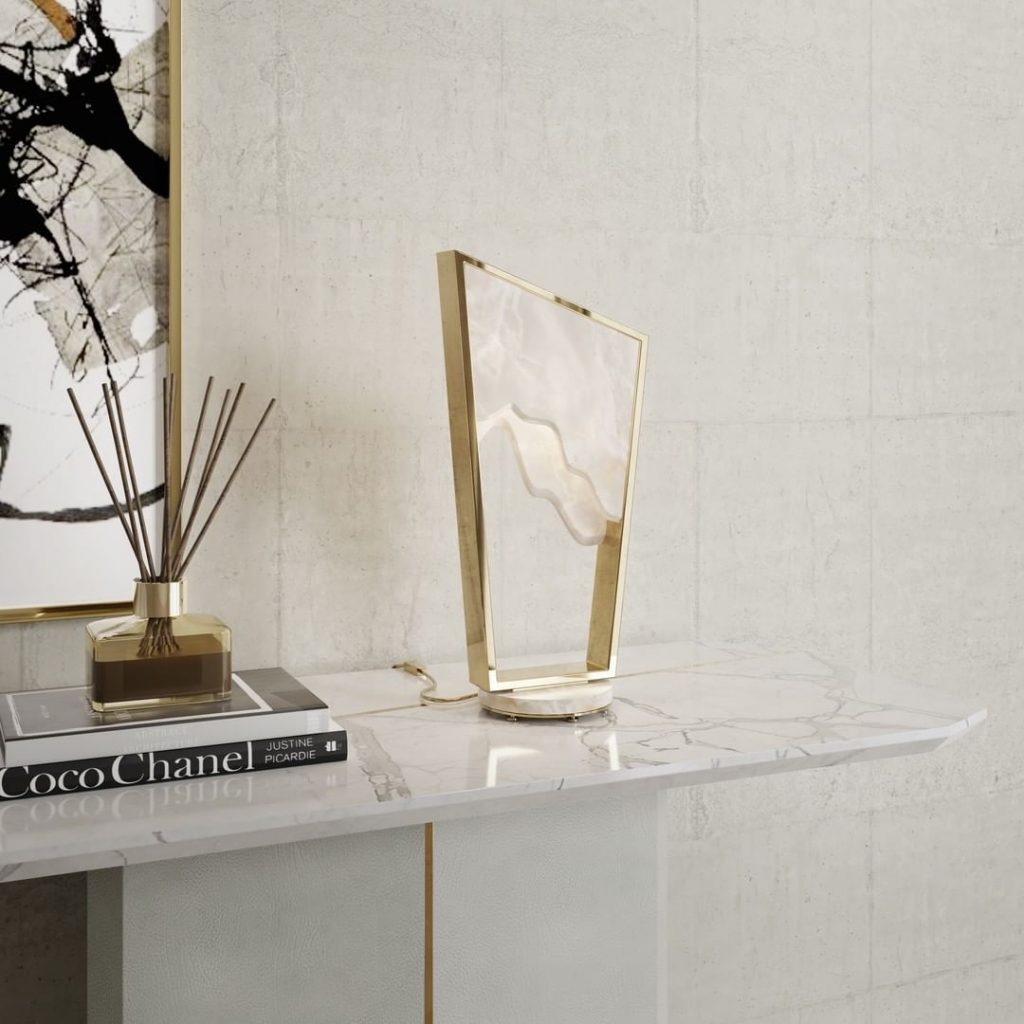
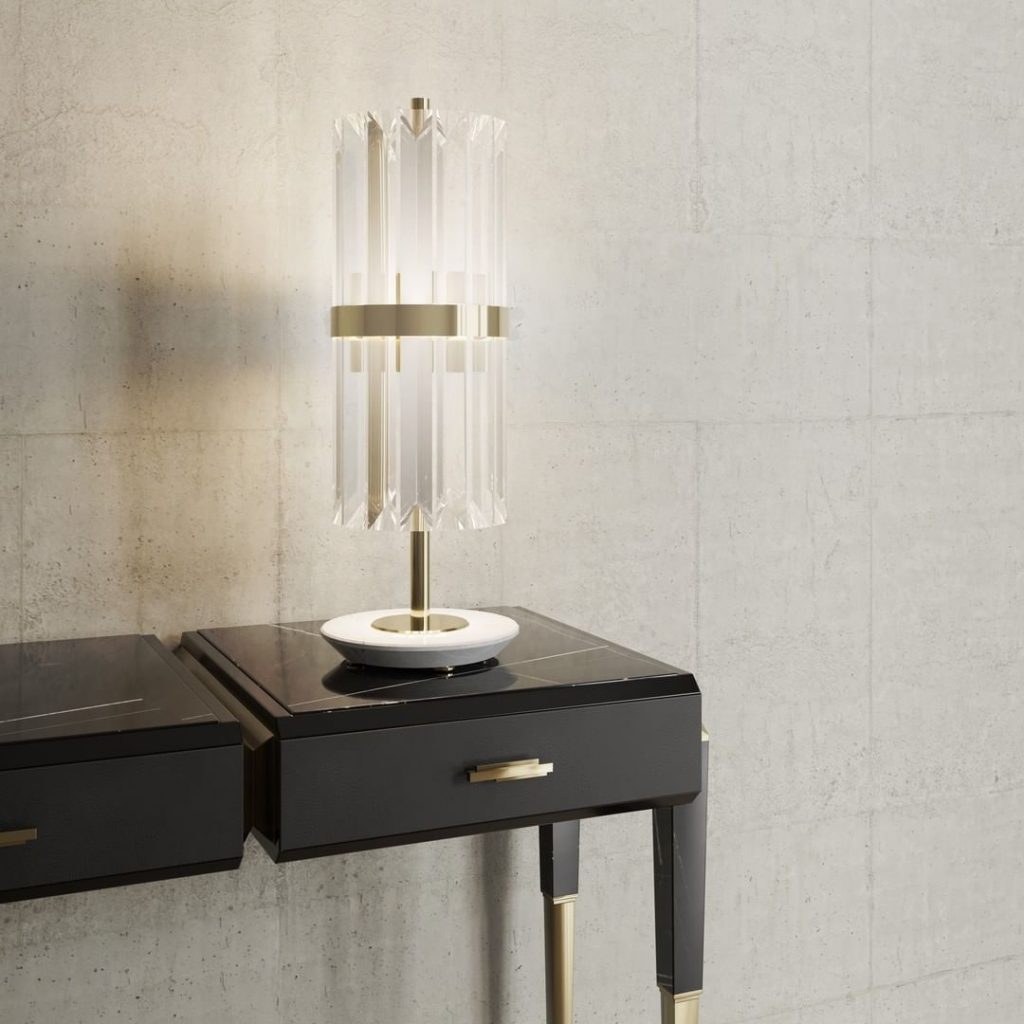
Room Lighting Modeling
If you really care about the physical and mental health of your household, you need to make a plan. This will allow you to summarize information about light sources and their installation locations. You do not need to be a draftsman to sketch the location of lighting fixtures, indicating the distances to illuminated objects. For ceiling and wall lighting fixtures, you will draw a diagram of the mounting coordinates. Their visualization on paper will help to take into account those numerous little things that will come up sooner or later. Modern lighting fixtures come with a mounting platform. Their dimensions should fit into the overall scheme and not cover other elements of the interior. The next step is to draw up a wiring diagram indicating all distances to the ceiling and floor. In this figure, you take into account the junction boxes, the points of connection to the network of local and main lighting wires. Here you should also indicate the mounting points of the switches, the distances between the points, as well as the length and marking of the wire. Finally, you have to make the last drawing, showing the wiring from the switchboard to the junction box in each room. If you are planning LED fixtures with dimming (light intensity control) and power supplies, do not forget to mark them in your scheme. Being a modeler for your own comfort is not difficult if you have a well-thought-out plan before your eyes.
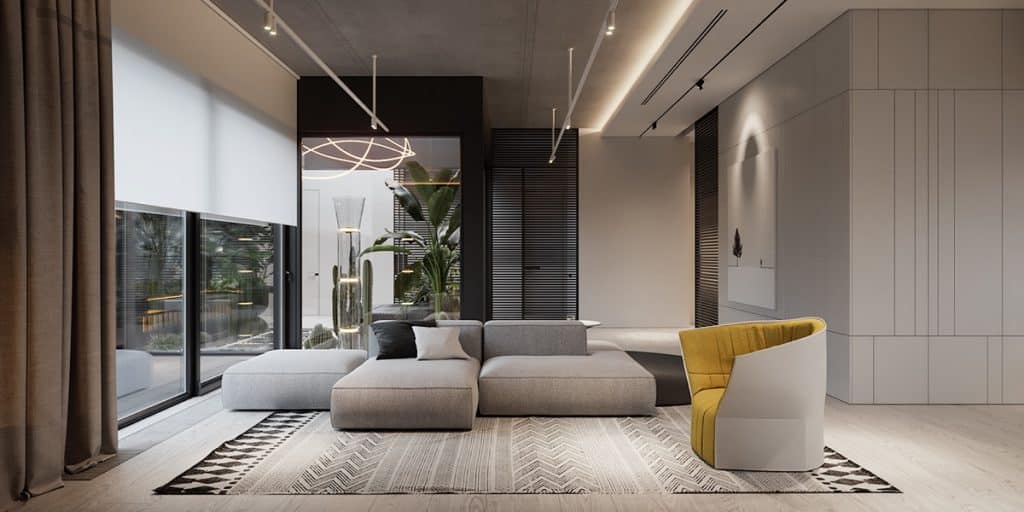
Some Useful Thoughts On Color Temperature
The concept of color temperature cannot be ignored when it comes to quality home design. It must be said that the popular definition of cold and warm shades does not correspond to the intensity of heating of lighting fixtures. Color temperature measured in Kelvin is a relative indicator. It is used by professional designers to more accurately determine the degree of comfort in various rooms. For example, for a cozy evening atmosphere in a bedroom or living room, a warm orange shade (2500-3000K) is suitable. Comfortable and relaxing light in chandeliers and wall lamps corresponds to 3000-4000K (yellowish), and daylight for living rooms, offices, and reading nooks – 4000-5000K (neutral white). You can combine different color temperatures within the same room to create a specific situation. One should not get carried away with such creativity. Stay within the harmony. Otherwise, you will get variegation that irritates the eyes. So, red can be softened with orange, and orange can be turned into a soft pastel with a yellowish tint. Don’t dilute the yellow with bluish, because you will end up with something muddy. Green can be turned into a light green with warm orange, or a marine – with bright bluish. The blue color will acquire a lot of interesting nuances in combination with neutral white. Different types of lamps have their own index, which reflects the color rendering quality. The higher it is, the more natural the interior items look.
